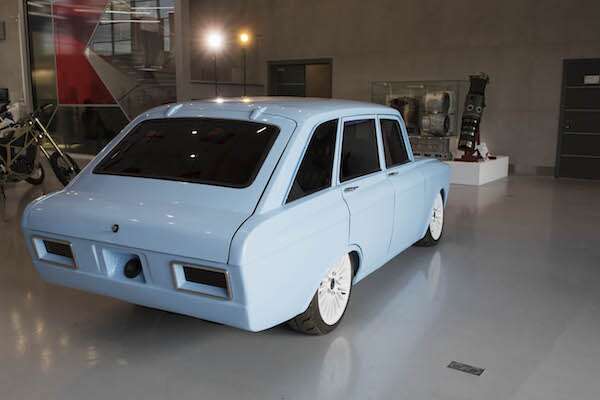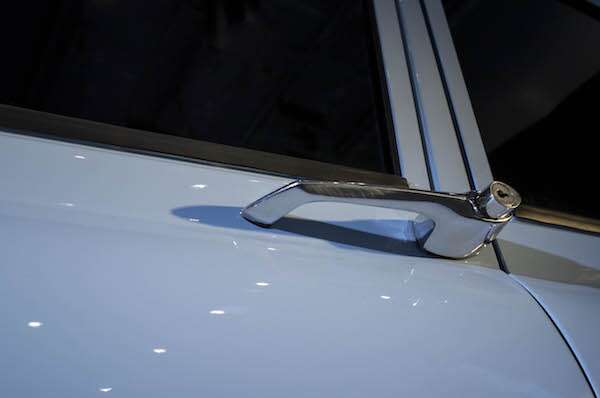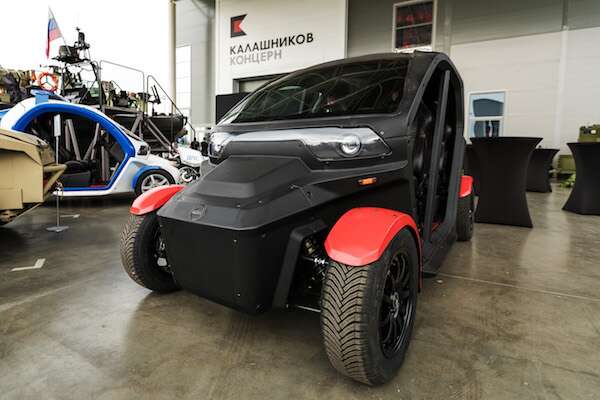At a military-oriented forum on Thursday, arms manufacturer Kalashnikov Concern threw the automotive world a curveball with the reveal of an unexpected electric concept car, which it calls the CV-1.
Kalashnikov constructed the CV-1 on the underpinnings of an Izh 2125 “Kombi,” a compact hatchback originally manufactured by the Soviets starting in 1972, with production running until 1997. It, in turn, was based on the Moskvitch 412, which dates back as far as 1964.
Technically, one could consider the Kalashnikov CV-1 a restomod show car rather than a concept car, though the advertised specifications of the electric powertrain tech underneath are competitive with other modern mass-market electric vehicles.
Kalashnikov is using the CV-1 as a platform to demonstrate its electric powertrain components, developed in-house. It states that the CV-1’s battery has a capacity of 90 kilowatt-hours, similar to the Audi e-Tron electric crossover, which boasts 249 miles of range to the CV-1’s claimed 217 miles (350 kilometers). Power output is stated to be 220 kilowatts (295 horsepower), and 0-60 is said to take under six seconds.
Ironically, Kalashnikov describes the CV-1’s inverter as “revolutionary,” stating that it can handle up to 1.2 megawatt-hours of energy despite minimal packaging size and weight. Likewise, the power control module is another self-developed component and it monitors the battery, inverter and motors.
Because it’s technically a half-century old Soviet car underneath, don’t expect the CV-1 to show up in your local showrooms at any point. That said, Kalashnikov did display an itty-bitty city car concept—which it calls the UV-4—at the same event, and specifically denoted it as being for the civilian market. Again, it’s not likely you’ll see one on American roads any time soon, but it does make Kalashnikov look serious about electric vehicles. It’s certainly big on dystopian motorcycles and rideable super-drones.
The Drive reached out to Kalashnikov for further information on its plans for electric vehicles, and we will update when we receive a response.
Source: Read Full Article



